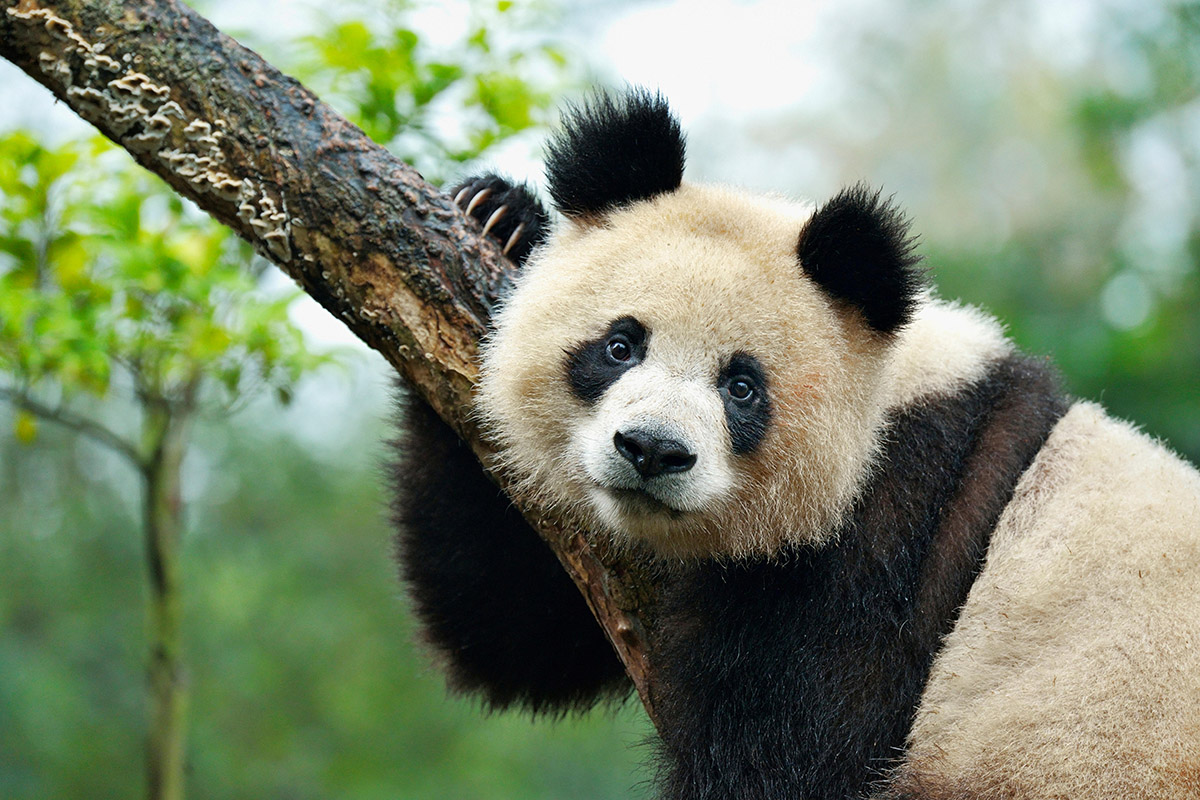We’re facing an extinction crisis, but our actions can make a difference. Conservation efforts have prevented 32 bird and 16 mammal extinctions since 1993. Here are some of the success stories.
The California condor: Only 27 were left in 1987. Following a successful captive breeding programme, the condors were reintroduced into the wild starting in 1991. There are now 93 mature individuals in a population of 300 birds in the wild.
Only 23 black stilts remained in New Zealand in 1981, largely because of invasive predators. Numbers had recovered to 106 in 2017, but predator pressure remains.
Tiger numbers fell to 3200 by 2010, when an international initiative was agreed with the aim of doubling tiger numbers by 2022. Official estimates are due next year, but numbers are now thought to be up in India, Nepal, Bhutan, China and Russia.
Poaching and forest felling for agriculture reduced mountain gorilla numbers to around 250 in 1981. Since then, ecotourism took off and made gorillas more valuable alive than dead. Numbers now stand at a minimum of 1063 – the only great ape that is on the up.
The Indus river dolphin has seen its habitat fragmented by barrages across the Indus. Educating fishing communities and recruiting local people for ecotourism and monitoring has been the key to its numbers rising in the past 20 years.
Antarctic blue whales were almost wiped out by whaling, leaving only 360 individuals in the 1970s. Preliminary estimates show that numbers recovered to some 4500 individuals by 2015, following an international moratorium on whaling.
The last wild European bison was killed in 1927. From 54 in captivity, it has been reintroduced across Eastern Europe. There are now 47 free-ranging herds in countries including Germany, Poland and Romania.
The last Javan rhinoceros on the Asian mainland was found dead in 2010. Fortunately, around 50 survived in Ujung Kulon National Park on the island of Java. There are now 74 in the park, thanks to efforts led by the Indonesian government.
The giant panda declined rapidly in the 20th century, but political will and protected areas turned the story around. China has created 67 giant panda reserves since the 1960s, and in 1988 banned logging entirely in their habitats.

 Read on Twitter
Read on Twitter












